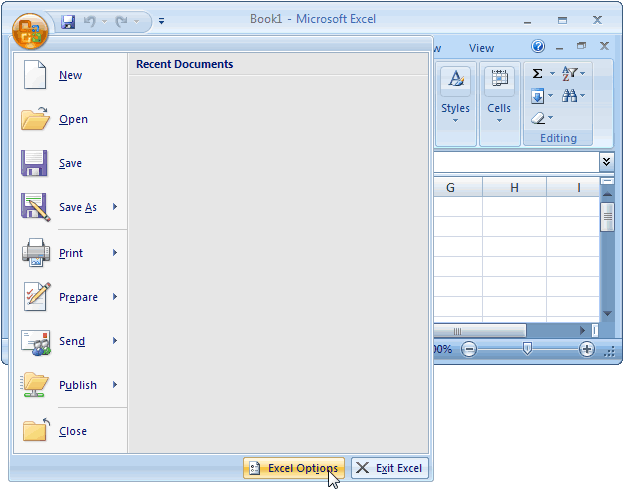Visual Basic Studio 2007
This technical article is for developers who create solutions by using Microsoft Visual Basic for Applications (VBA) and who want to migrate their code to the managed code environment provided by Microsoft Visual Studio and the Microsoft.NET Framework. Because we (the authors of this paper) are developers who work in both VBA and Visual Studio, we understand the difficulties and challenges that you face. In this article, we share what we learned when we moved from VBA to Microsoft Visual Studio 2005 Tools Second Edition for the 2007 Microsoft Office system. The tips in this article focus on what you need to understand as you migrate to the new platform. This article presents conversion scenarios, discusses pitfalls, and offers advice to help you successfully migrate your code. Although this article is not an in-depth reference, the tips and suggestions help you get started.
Leolani Ukulele Serial Number. I want to learn Visual Basic and I am told this is free if I already have Access (2007) legally installed on my PC (which I do). How do I access/run Visual Basic from. Jul 16, 2012 These samples demonstrate many of the new features available with Visual Basic 2008 and the.NET Framework 3.5 including hundreds Language Integrated Query.

Throughout the article, we provide links to other references that help you make the transition from VBA to Visual Basic. Command bar buttons appear in the Add-Ins tab Although we recommend that you learn how to customize the Microsoft Office Fluent user interface (), you can continue to use the CommandBars object model in Visual Studio 2005 Tools for Office SE.

To make your custom buttons work, you need to change your existing code so that clicking the button launches managed code instead of a macro. When you use the CommandBars object model, your custom buttons appear in the Add-Ins tab in a 2007 Office system application.
Customizing the Office Fluent Ribbon offers you more flexibility because you can control where your buttons or UI elements appear. Running Managed Code from CommandBar Controls. Because the 2007 Office system still exposes the CommandBar object model, you can dynamically add command bars and their controls when your application loads. You can also assign a variable that points to an existing CommandBar object or CommandBarControl object.
However, you cannot use the OnAction property to determine the click action for a button. Instead, you need to write an event handler and attach it to the button’s Click event. Suppose that you have a VBA add-in and you want to migrate it to Visual Studio 2005 Tools for Office SE but, for now, you want to continue to use the CommandBar object model.
The following procedure shows you how to create a simple add-in that demonstrates this capability. To create a simple add-in. Private Sub SetupCommandBars() Dim commandBar As Office.CommandBar = _ Application.CommandBars. _ Add( 'VSTOAddinToolbar', _ Office.MsoBarPosition.msoBarTop,, True) commandBar.Visible = True ' Add a button with an icon that looks like a report.
SheetInfoButton = _ CType(commandBar.Controls.Add( _ Office.MsoControlType.msoControlButton), _ Office.CommandBarButton) sheetInfoButton.Tag = 'Display Sheet Info' sheetInfoButton.FaceId = 2522 'or 2160, 2522, 2950 sheetInfoButton.TooltipText = 'Display Sheet Info' sheetInfoButton.DescriptionText = _ 'List all the sheets in the workbook.' End Sub The code first obtains a reference to the top-level CommandBars object and adds a command bar to the set of Office Excel command bars.
Dim commandBar As Office.CommandBar = _ Application.CommandBars. _ Add( 'VSTOAddinToolbar', _ Office.MsoBarPosition.msoBarTop,, True) commandBar.Visible = True Visual Studio 2005 Tools for Office SE automatically defines the Application reference for you. The reference always refers to the host application, just as it does within VBA programs. Although it looks like the code refers to standard objects from the Microsoft Office type library, it really refers to objects provided by a managed wrapper around the type library. For example, the CommandBars object is part of the Microsoft.Office.Core namespace. To avoid having to type the full name of the class ( Microsoft.Office.Core.CommandBars) each time you want to refer to the class, the Visual Studio 2005 Tools for Office SE project templates include project-wide Imports statements. In this case, the project template automatically includes the code Imports Office=Microsoft.Office.Core.
That way, when you refer to Office.CommandBars, you actually refer to the complete reference. The Imports statement saves time as you write code. You can also add your own Imports statements to the top of any code file. For more information about importing a namespace, see Tip #7: Learn the.NET Framework in. The next block of code creates a CommandBarButton control. The code uses the CType method to convert the return value of the Add method (a CommandBarControl object) to the specific CommandBarButton type. The code can do this because you create a CommandBarButton object.